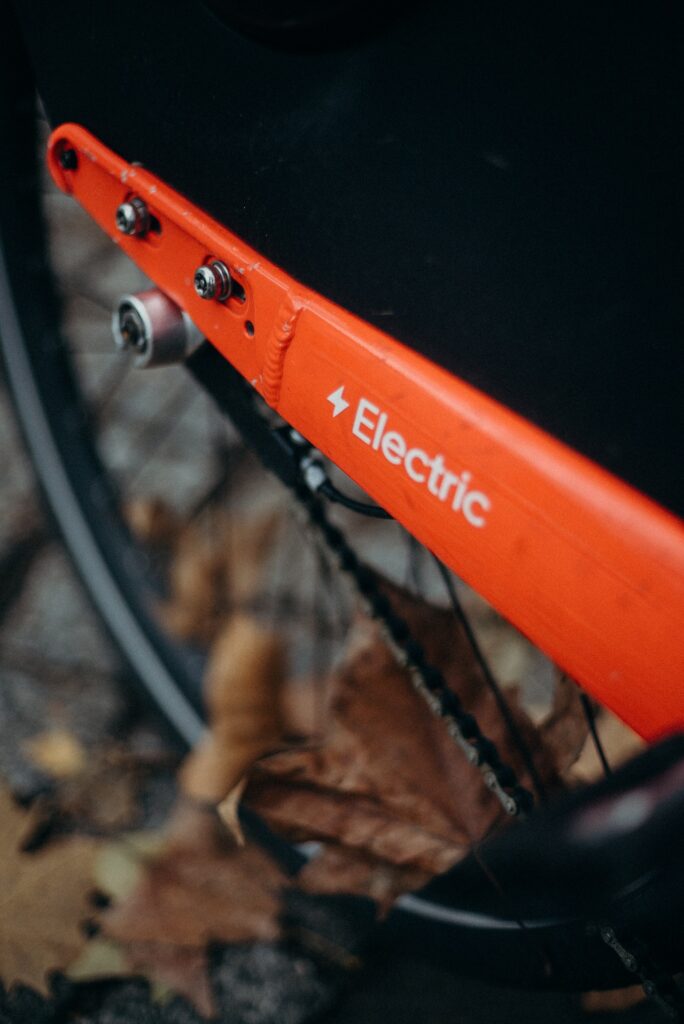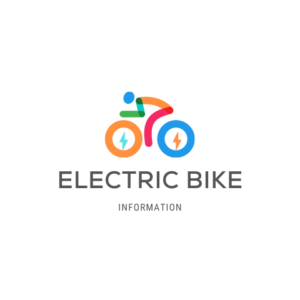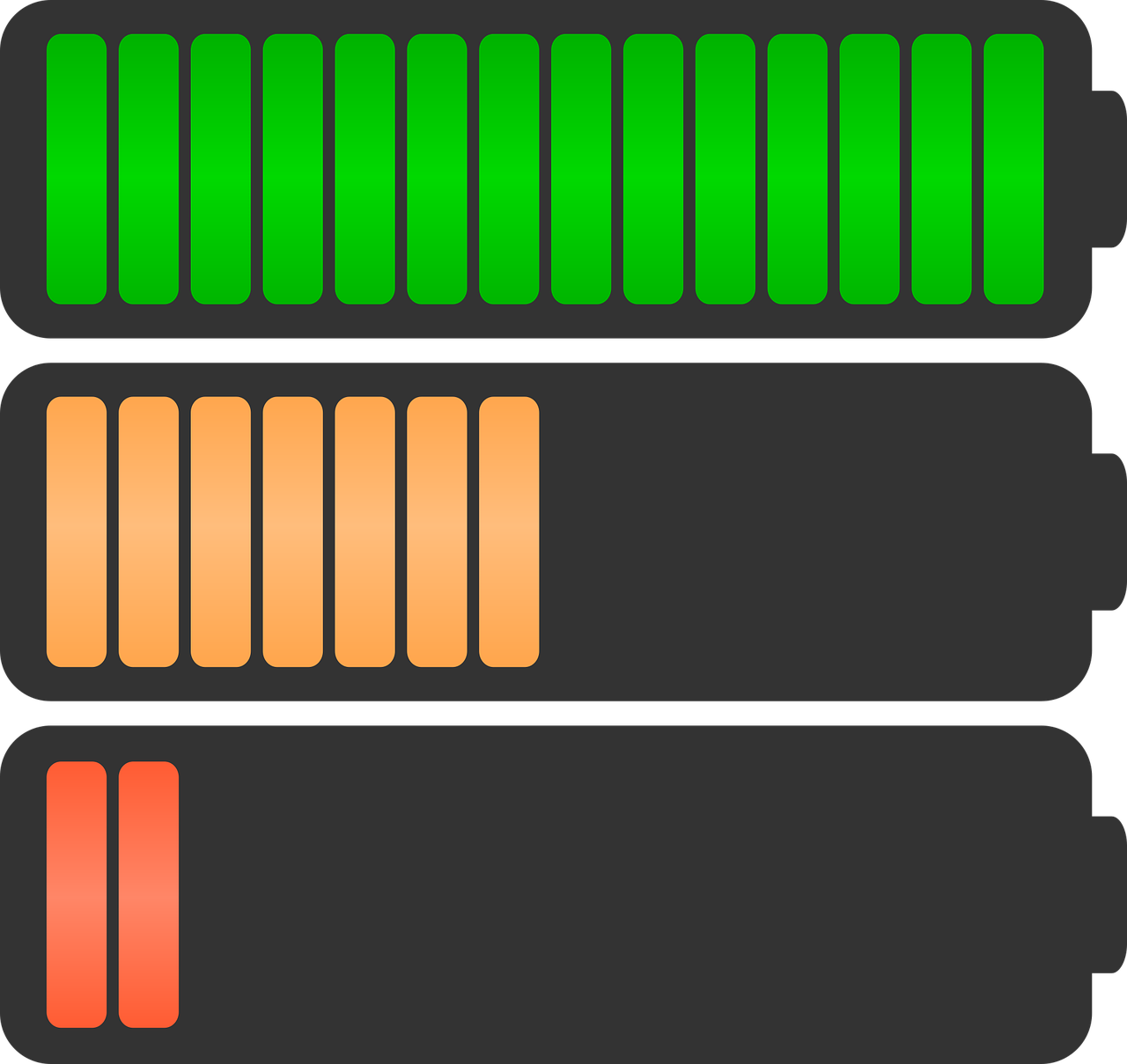There’s a lot of confusion out there regarding the resetting of an ebike battery. Some riders think you can directly reset the lithium ion battery pack by opening it and tinkering with the innards. However, this can be pretty dangerous and you could end up hurting yourself.
In most electric bike battery systems there’s a built in battery management system (or BMS) that controls the performance and keeps the battery safe. If you’re having problems with the battery there are certain steps you can take to make it right. If resetting the battery is on the agenda there may still be certain resets you can perform. With that said, let’s have a look at battery management and cover off how to reset an ebike battery where necessary.
How To Reset An Ebike Battery: Take A Step Back
A battery is pretty complex. The BMS manages everything and ensures the battery is performing at peak levels. This includes the charging and recharging of the battery itself. If there’s a fault with the charge levels of your battery and it’s still pretty new, the issue likely lies with the BMS system.
It can be incredibly frustrating when you’ve plugged your ebike in only for it to not hold the charge. This is especially the case if you use it to commute or you’ve been planning on a leisurely ride. Before following a botched guide online though, check the below tips out. Opening the battery pack itself and messing with the complex system of cells and electric wiring within could potentially make things worse. By following these steps below, you can avoid hurting yourself and causing damage.

Check The Charger
When an ebike battery isn’t holding its charge, a lot of the time it’s due to the charger rather than the battery itself. If you have another battery, test it out and see if it holds charge after using the charger. In our experience this can be pretty hard to spot and is why many ebike riders blame the battery rather than the charger itself.
If you can’t test your charger, try and use a different charger to charge the battery. This can be at an ebike store, a friend’s charger, etc. Just make sure they’re compatible first. This is our favorite trick when testing a battery. By simply using a different charger you can work out whether the original charger is faulty or not.
Check and Clean Ebike Battery Connections
Charging works by passing current to the battery. With lithium ion batteries, lithium ions move from the cathode to anode through the electrolyte. Without getting too technical, if the connections are in bad shape, this process is interrupted and the battery won’t be getting the full charge.
So, you need to check the battery. Make sure the ebike is off, and not currently charging or connected to any power source. We always prefer to remove the battery from the frame, it’s a lot easier. That said, some manufacturers make this easier than others.
If you’re often on your ebike near water, mountain biking through muddy trails or don’t often clean your ebike it could simply be that the connections are blocked. Corrosion, disconnections and dirt can block the flow of electricity. First you need to check the battery for obvious problems.
Corrosion can appear differently depending on what caused it. We usually see green, powdery corrosion, but it can also appear as white or blue, or a mixture of the three. If you see this near the battery you know there’s a problem. If the connector itself is damaged it’s pretty obvious. They look discolored or burnt, with plastic casings sometimes melted. The wires to the connectors need to be checked too because they can sometimes come loose which causes simple problems.
Here’s how we like to clean connections.
Compressed Air
A can of compressed air can be used to blow dirt and debris away from the connections in a safe way that won’t harm the battery. Be sure to attach a straw to the can so you can focus the air to the right place. This is great for simpler corrosion but if you see something really stuck on one of the connections we usually find that compressed air isn’t enough.
Clean Cloth and Toothbrush
If you need to apply some more pressure to noticeable corrosion, use a clean cloth. For more direct pressure with a bit of abrasion, use a toothbrush. The bristles are great at getting amongst the connectors. However, you do need to be careful here as you can damage parts if you’re not careful.
Specialist Cleaning
If compressed air, cloth and toothbrush isn’t enough you need to take things up a notch. Use a specialist contact cleaner (WD-40, for example). We like to make our own solution out of water and baking soda. It’s not too harsh on the battery and allows a good, safe clean. Depending where the affected area is, you can apply directly, or spray it on. Once again, after giving it time to soak in, use the toothbrush and cloth to rub at the connection.
If you use a solution or contact cleaner on the battery, you must be sure to use distilled water to rinse it all off and let it all dry properly before closing it up. If everything is looking okay, you might want to reset the ebike battery directly.
Reset The Ebike Electrical System
Depending on the manufacturer you might be able to complete a reset of the whole electrical system. This can sometimes optimize the battery and is worth a shot if you’ve tried the above with no luck. Each ebike might have a different instruction to follow when resetting the electrical system and you’ll find out how to do it in the manufacturers guidebook (whether a physical guidebook, or online).
Remember, if you’ve got any presets saved into the digital heads up display you’ll probably lose them when resetting the bike. You’ll also lose your history, depending on the kind of information the bike in question displays.
Resetting the system can help battery charge on occasion, but usually if there’s a serious fault with the battery a reset won’t be able to solve the issue.
So, here are our top steps for resetting an ebike battery:
Step one: Turn off all power
It shouldn’t be plugged in, for a start. Then, all power needs to be off. There’s usually a master switch on the control box. Give everything a once over and make sure there’s no power running through the system before trying to reset it. We like to triple check this before we start taking the battery apart.
Step two: loosen casing screws
Each casing might be a little different, but gently loosen each screw ensuring you keep them somewhere safe. We like to use a small Ziplock bag. Once you’ve lost a screw it can take an age to find again, especially battery casing screws.
Step three: remove connectors from the BMS chip
The BMS and batteries will be central. Slide the components out onto a clean surface for proper access. Remove the connector and inspect the BMS.
Step Four: cut the wire harness away
Cut the harnessing away being sure not to damage any other components.
Step five: Connect the charger to the battery
Connect the charger directly to the battery.
Step six: reattach the wire harness
Reattach the wire harness to the battery.
Step Seven: Check if its working
Plug it in and see if the battery is working okay. You’re essentially checking whether you’ve reattached the connectors sufficiently, and then checking on the battery health.
That’s essentially a reset.
Check your Voltage Measurements After Resetting The Battery
You can quickly see if resetting or cleaning the battery has worked by testing the voltage measurement of your battery. In this table, you can see what the typical lithium ion ranges are to help inform the health of your battery post-test.
| Battery Chemistry | Abbreviation(s) | Full Name | Nominal Voltage | Full Charge Voltage | Voltage Cutoff |
| Lithium Cobalt | LCO, Li-cobalt, ICR | LiCoO2 | 3.6 V | 4.2 V | 3.0 V |
| Lithium Manganese | IMR, LMO | Li-manganese | 3.7 V | 4.2 V | 3.0 V |
| Lithium Aluminum (type 1) | INR, NMC | – | 3.6 V | 4.2 V | 3.0 V |
| Lithium Phosphate | LFP | – | 3.2 V | 3.65 V | 2.5 V |
| Lithium Aluminum (type 2) | NCA, NCR | – | 3.6 V | 4.3 V | 3.0 V |
| Lithium Titanate | LTO | – | 2.4 V | 2.85 V | 1.8 V |
Speak to Professionals
If you’re still stumped, it’s time to speak to a pro. Call into your local ebike shop (bonus if its where you bought the ebike from) and ask them what’s going on. They’ll do their own tests and let you know what’s happened.
In the end, they might simply tell you that the battery has seen better days and isn’t working as it should. Two options:
- It’s in warranty and you get a replacement, likely for free.
- It’s not in warranty and you need to purchase the battery again.
Replace The Ebike Battery
Ebike batteries can be expensive but the reality is buying a replacement battery will be cheaper than buying a whole new ebike. There are exceptions here, namely if you wanted to upgrade to a better ebike etc. But, if you’re happy with your bike and you cannot fix the battery, reach out to your manufacturer and get a new one.
First, you need to check if the bike is under warranty. If the battery is bust and it’s not your fault, you could be entitled to a free replacement. In our experience, you’re always better off using the manufacturer issued battery for the respective bike. Some third party batteries are okay, but they won’t be perfect because they’re not specifically manufactured for that bike and also, you might void a warranty.
So, there you have it. It isn’t always easy resetting an ebike battery, but it can be done to an extent. If you enjoyed our article on how to reset an ebike battery, take a look at the others on our website along with the electric bike reviews.


